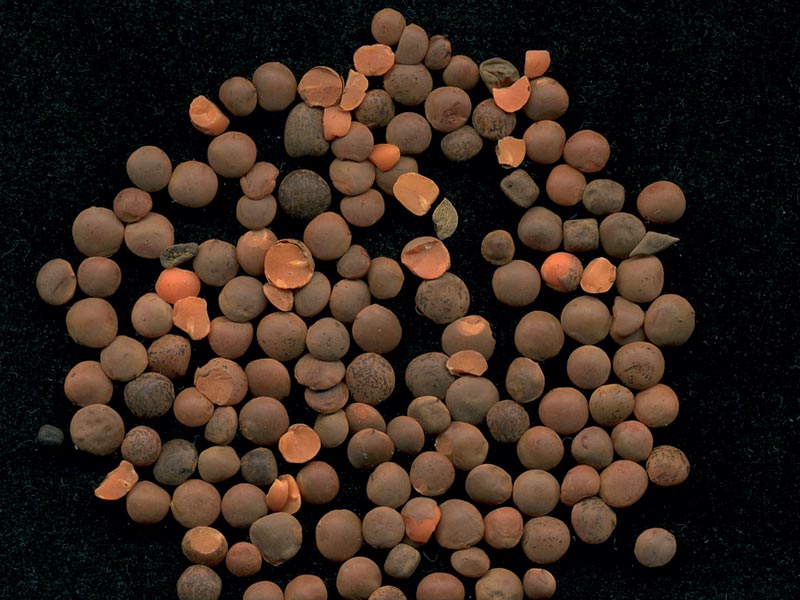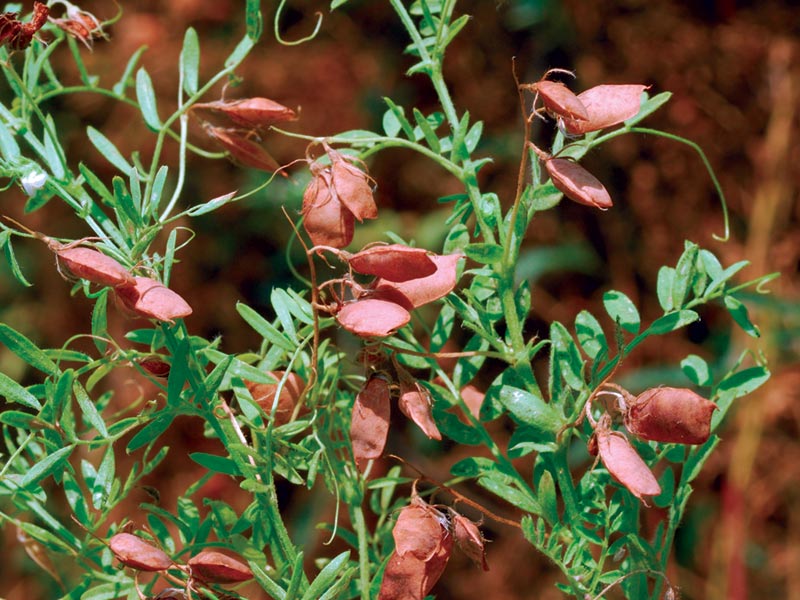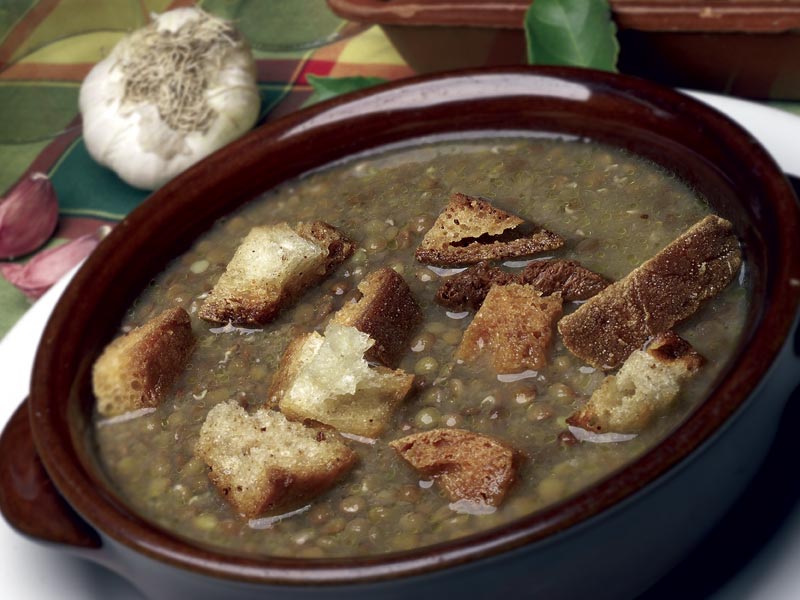Home » Agriculture, Zootechnics » The Park's Products » The Products
Santo Stefano di Sessanio Lentil
History
In the history of the human diet and the development of civilization, the lentil has always played an important role because it has been one of the first species to be domesticated, although there are still many questions on how it happened. Some historical documents dating back to the Middle Ages refer to S. Vincenzo al Volturno Monastery which, at that time, had large lands in the area of L'Aquila where legumes were cultivated. A detailed emphyteusis lease drawn up in 998 AD for the properties of Tussio, Carapelle and Trita (Tirino Valley) makes explicit reference to the local legumes. Therefore, we can infer that at that time legumes were already cultivated as full-field crops and played a considerable economic role, to the extent that they were subject to the payment of a rental fee. More recent information on the cultivation of chick-peas, lentils, beans, and other legumes in the area of L'Aquila are provided by R. Quaranta (1885) and T. Bonanni (1888). The economic and agronomic role of the product has been maintained until present times and, in 2008, it has led producers to form an association to safeguard and enhance the lentil and to carefully follow technical production specifications.
Current Production Area in the Park: The production area of Santo Stefano di Sessanio Lentil includes the southern slope of Gran Sasso (L'Aquila area) in the Municipalities of Barisciano (loc. Le Locce, La Villa, and Filetto), Calascio, Castel del Monte, Castelvecchio Calvisio (loc. Viano and Buto), and Santo Stefano di Sessanio.
Description
S. Stefano di Sessanio lentil is a traditional product of Regione Abruzzo. It has the following physical, chemical, and organoleptic features: a diameter of 2-5mm; globose-flattened-lenticular shape, a color varying from purplish to brown-purplish, plain or with streaks. The lentil is characterized by a low content of lipids and a considerable content of proteins, considering both quantity and quality. Very good organoleptic features: small, tasty, with a darker color with respect to other varieties, they do not require soaking, they cook rapidly and resist very well to depopulation.
Product Availability: It is sown in spring and harvested in August.















